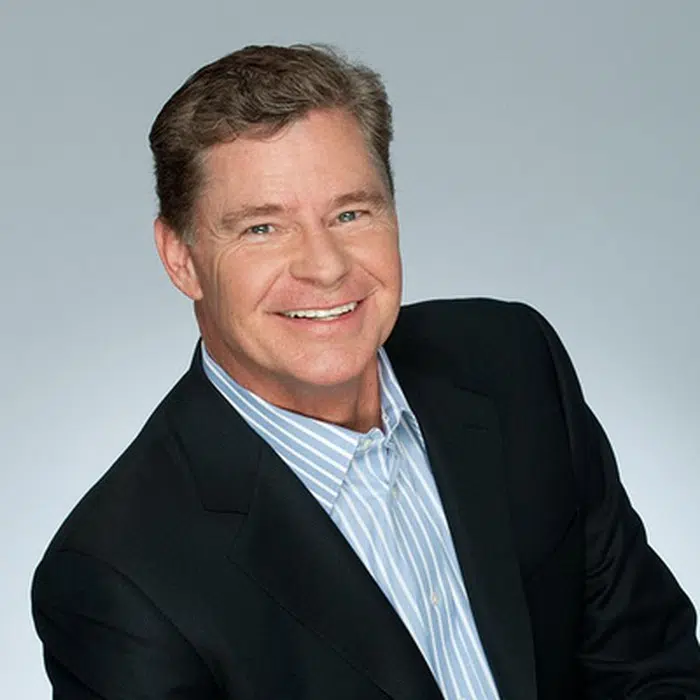LINCOLN, Neb. (KELO.com) — Advocates for bicycle trails in Nebraska just got funding to finish one long-dreamed-of trail project, and now they’re moving on to finish another.
Four nonprofit biking organizations announced this week that they have formed a coalition to push for completion of the nearly 325-mile-long Cowboy Trail that spans northern Nebraska.
The push also involves better maintenance of the crushed limestone trail — known to be hard on bike tires — and more trailside amenities, such as camping areas, mile markers and trailheads.
‘Diamond in the rough’
“This is a diamond in the rough, just waiting to be polished,” said Julie Harris of Bike Walk Nebraska, one of the groups forming the Cowboy Trail Coalition.

(Courtesy of NEBRASKAland Magazine and Nebraska Game and Parks Commission)
The others are the Nebraska Trails Foundation, Northwest Nebraska Trails Association and Cowboy Trail West.
The biking groups, along with an avid biker, State Sen. Robert Hilkemann of Omaha, were able to persuade state legislators to devote more than $8 million in federal American Rescue Plan Act (ARPA) funds this spring to complete an 8-mile gap in the Mo-Pac Trail, which runs between Omaha and Lincoln.
Work is still underway on the design and route of that gap on the Mo-Pac Trail, but the funding realizes a longtime dream to link the state’s two largest cities via a recreational trail.
Chicago & North Western line
Now attention is turning to the Cowboy Trail, which utilizes the roadbed of the abandoned Chicago & North Western railroad line from Norfolk to Chadron. Ninety-four miles of the trail, between Valentine and Chadron, have yet to be completed.
Harris said completing all 325 miles of trail is the ultimate goal of the Cowboy Trail Coalition.

But maintenance, she said, is another concern, especially a weed called “puncture vine,” which produces spiny seeds called “goat heads.” The sand burrs can easily puncture a bike tire.
“Many a Boy Scout troop has had their bike outing ruined by goat heads,” Harris said.
Better maintenance could reduce the nuisance weed, she said, and help the Cowboy Trail reach its full potential.
‘A state asset’
“This is a state asset. So we need to maintain it so we can get the best bang for our buck out of it,” Harris said.
More bicycle tourism translates into more spending in the towns along the Cowboy Trail, towns including Neligh, O’Neill, Atkinson, Bassett, Ainsworth and Valentine.
In 2011, Missouri’s Katy Trail was estimated to produce $18.5 million a year in economic impacts. And that estimate, if adjusted for higher usage today (500,000 riders a year), would translate into more than $29 million.
By comparison, usage of the Cowboy Trail — which traverses some of the widest open spaces in Nebraska — has been about 8,000 to 10,000 visitors a year in the Norfolk and Valentine areas, likely the most used portions.
Norfolk largest city
Norfolk, population 24,000, is the largest city on the trail. And Valentine has one of the most spectacular hike/bike rides in the state: the tall, former railroad bridge on the Cowboy Trail just east of town.
Alex Duryea, recreational trails manager for the Nebraska Game and Parks Commission, said eight to 10 more “counters” are being placed on the trail this year to get a more accurate count of trail usage.

In 2019, a 15-mile stretch of the Cowboy Trail was completed between Gordon and Rushville, Duryea said, and a $178,000 federal Recreation Trails Grant was recently awarded to the City of Chadron and the Northwest Nebraska Trails Association. The money, plus 20% in local matching funds, will be used to build a 5-mile trail from the northwest Nebraska college town to where the Cowboy Trail begins east of town. That trail will be built alongside railroad tracks still in use, he said.
Brittany Helmbrecht of the Northwest Nebraska Trails Association said building the Chadron link on the trail is part of a strategy to lure more visitors.
Boost economy
“We know that many people who love being active in the outdoors travel through our area to and from the Black Hills. Anything we can do to get them off the highway and keep them in Chadron for a longer period of time will be a boost to our economy,” she said.
Jason Buss of the Nebraska Trails Foundation said conversations have already begun with the Game and Parks Commission, local stakeholders, state senators and others about Cowboy Trail improvements. More work in planned in upcoming months, he added.
Buss said surveys done by the Game and Parks Commission have shown that trails “are the No. 1 recreation amenity desired by Nebraskans.”
Harris said the Cowboy Trail is part of a nationwide trail — the Great American Rail Trail, which links trails from Washingto, D.C., to Washington state.
“Getting more people arriving on two wheels,” she said, will not only enhance recreation but also help local communities.





